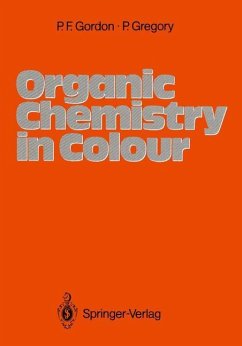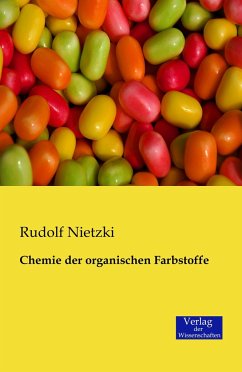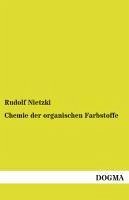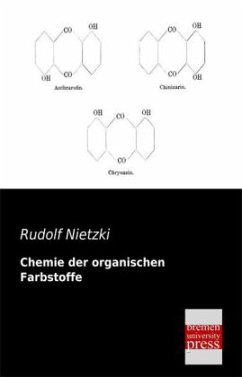The foundations of the chemical dyestuffs industry were laid in 1856 when W. H. Perkin discovered the dye Mauveine. At approximately the same time modern chemistry was establishing itself as a major science. Thus, the chemistry of dyes became that branch of organic chemistry in which the early scientific theories were first used. This early eminence has now been largely lost. In fact, many of our academic and teaching institutions pay little attention to this vitally important branch of organic chemistry. We believe that this book will help to rectify this unfortunate situation. The majority of books that have been published on the subject of dyes have been technologically biased and, in our opinion, do not appeal to the mainstream organic chemist. We have, therefore, aimed at producing a book which emphasises the role of organic chemistry in dyestuffs and we have included appropriate modern theories, especially the modern molecular orbital approaches. We have assumed that the reader possesses a knowledge of the basic principles of organic chemistry;_ the only other requirement is a general interest in organic chemistry.__ The book should interest the newcomer to chemistry, the established academic, and the dyestuffs chemist himself.
Bitte wählen Sie Ihr Anliegen aus.
Rechnungen
Retourenschein anfordern
Bestellstatus
Storno









